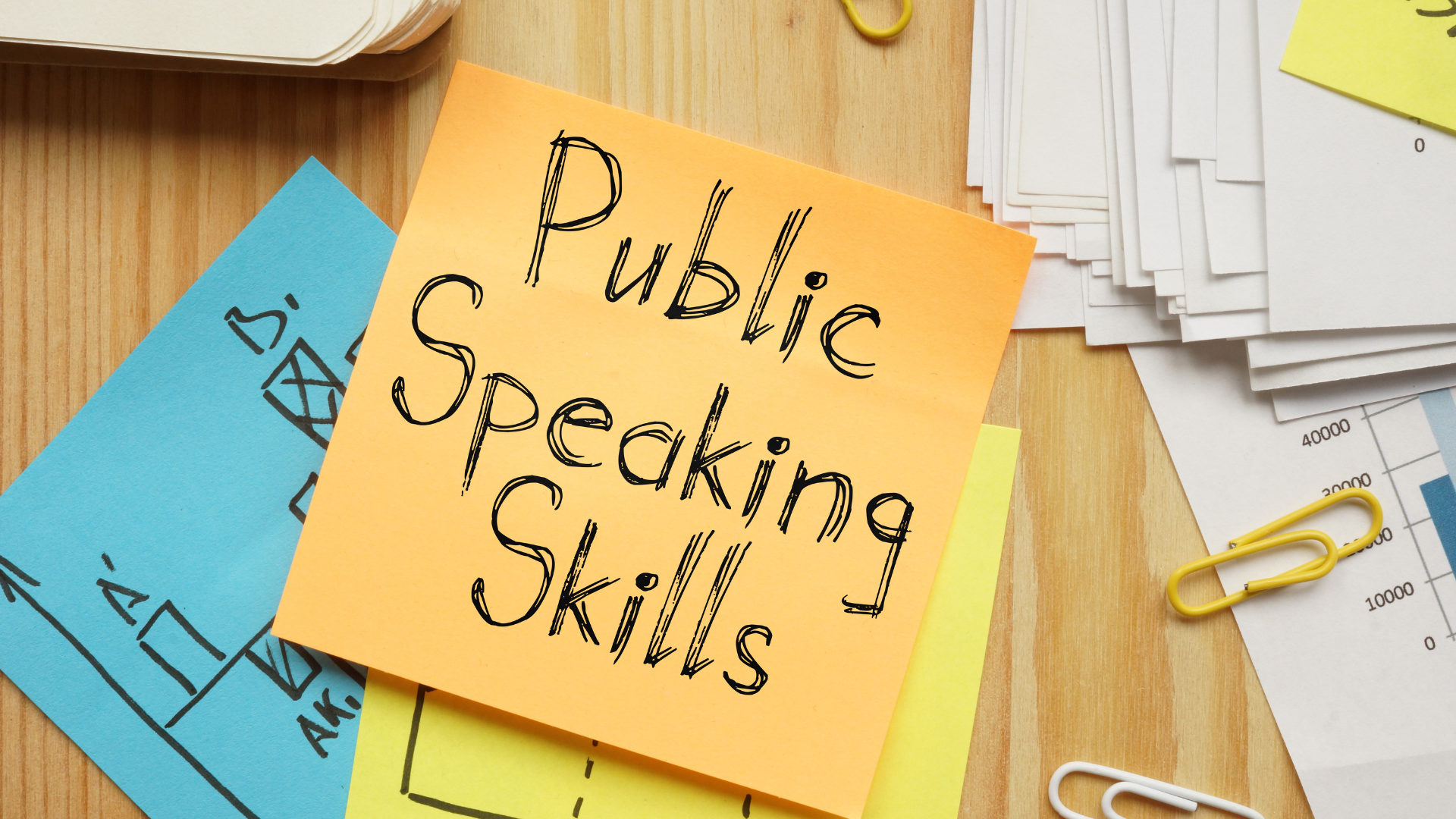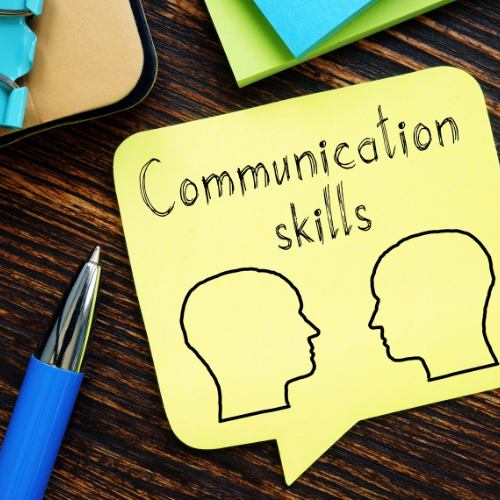Let’s face it, public speaking isn’t exactly a walk in the park. Your palms get sweaty, your voice cracks like a teenager’s, and a never-ending stream of “um”s escapes your lips like a particularly annoying houseguest who just. won’t. leave.
Sound familiar? Fear not, fellow presenter warrior! Today, we’re throwing out a three-pronged attack on these public speaking demons.
Weapon #1: The Power of the Pause
We live in a world obsessed with speed. We fire off emails faster than a keyboard warrior on a sugar rush, and conversations are often a frenetic ping-pong match of words. But when it comes to public speaking, slamming the brakes on and embracing the pause is your secret weapon.
Think of a pause like a dramatic silence in your favorite movie trailer. It builds anticipation, emphasises key points, and allows your message to truly sink in. Here’s the magic: silence isn’t awkward, it’s powerful.
How to Pause Like a Pro:
- Don’t fear the dead air: Resist the urge to blurt out “um” or pepper your speech with nervous laughter. Let the silence hang for a beat – trust me, it won’t feel as long to you as it does to the audience.
- Emphasize key points: After a powerful statement, pause to let it resonate. Imagine dropping a pebble in a still pond – the ripples carry the impact outward.
- Create a conversational flow: Use pauses to transition between ideas, giving your audience a chance to mentally digest each point before you move on.
Weapon #2: Eviction Notice for Filler Words
“Um,” “like,” “you know” – these pesky filler words are the cockroaches of public speaking. They sneak in unnoticed, multiply rapidly, and leave your speech feeling cluttered and weak.
The good news? You can banish these speech saboteurs with a little practice. Here’s your eviction plan:
- Record yourself: Track your speech and identify your most common filler words. You’ll be surprised by what you hear!
- Visual cue: Place a sticky note with a giant “NO UM” on your notes or podium. Every time you catch yourself using a filler word, mentally (or physically) slap that sticky note.
- Substitute with silence: Remember that pause you just mastered? Use it instead of “um.” It’s a much more powerful alternative.
Weapon #3: Be the Take-Charge Talker
Now, let’s talk about that call to action (CTA). You’ve delivered your message, captivated the audience, and they’re hanging on your every word. Don’t fizzle out with a wimpy “maybe you can check out my website sometime?”
Channel your inner authority and deliver a clear, compelling CTA that leaves no room for ambiguity. Here’s how to be a take-charge talker:
- Know your desired outcome: What do you want your audience to do after your presentation? Sign up for your course? Download your ebook? Be crystal clear on your goal.
- Craft a compelling CTA: Don’t just tell them what to do, tell them why they should do it. Use strong verbs and highlight the benefits of taking action.
- Make it easy: Don’t bury your CTA under a mountain of information. Clearly state the action you want them to take and provide all the necessary details (website, phone number, etc.).
Bonus Tip: Embrace Your Personality
People connect with people, not robots. Don’t be afraid to inject your personality into your presentation. Sprinkle in a relevant anecdote or a well-timed joke. Let your passion for the topic shine through.
Remember: Public speaking is a skill, and like any skill, it takes practice. Don’t be discouraged if you don’t become a TED Talk superstar overnight. Embrace the journey, incorporate these tips, and before you know it, you’ll be leaving audiences captivated and begging for more. Now get out there and speak with confidence!
P.S. Still feeling nervous? Take a deep breath, channel your inner rockstar, and remember – even the greats probably had to deal with the “um” monster at some point. If you don’t believe me, try to find some of Steve Jobs early speeches, they weren’t great but they did help him to become a powerful speaker in the end.
If you’re ready to overcome your limiting beliefs and become a successful coach, I encourage you to attend one of our 1-Day Coaching Diplomas to start your coaching journey. For those who want more speaking support, here is the link to our speaking training. It’ll help you to develop a plan to achieve your goals and build a successful coaching business. You can also find our beginners guide to becoming a coach here.




Leave a Reply
You must be logged in to post a comment.